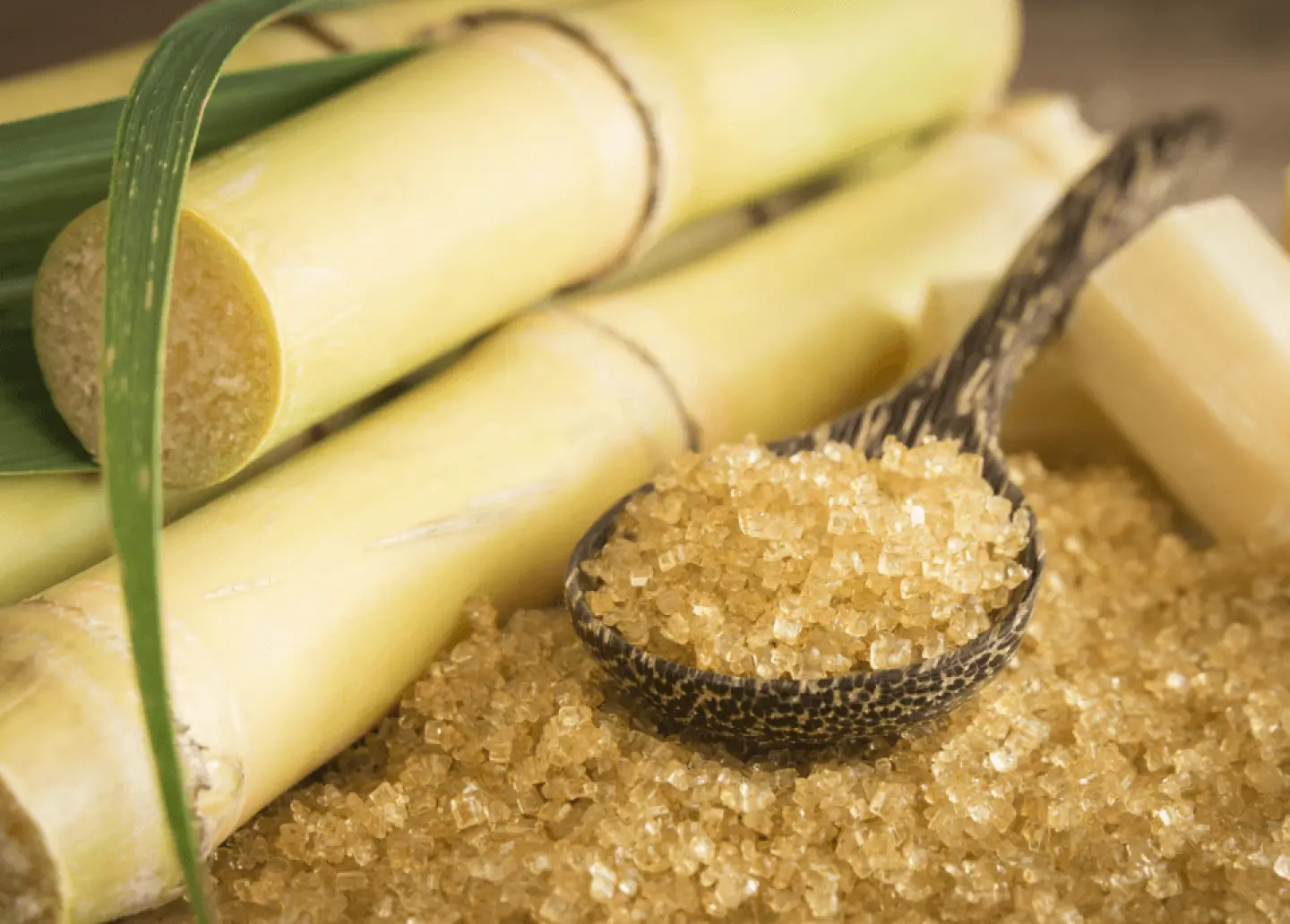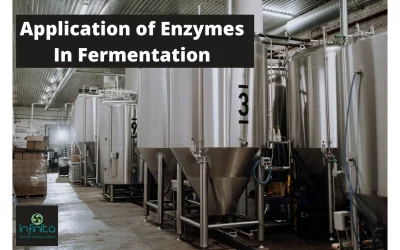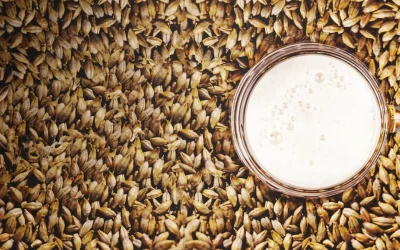Molasses or dark treacle is a gooey item as a result of refining sugarcane or sugar beets into sugar. Molasses differs by the measure of sugar, strategy for extraction, and age of the plant. Sugarcane molasses is basically utilized for flavouring and sweetening foods. Cane molasses is a product utilized in baking and cooking. To make molasses, sugarcane is collected and the leaves are removed. Its juice is extricated, ordinarily by cutting, pounding, or crushing. The juice is boiled to concentrate it, advancing sugar crystallization. The consequence of this first boiling is called the first syrup (‘A’ Molasses), and it has the most elevated sugar content. The first syrup is typically alluded to as cane syrup, rather than molasses. Second molasses (‘B’ Molasses) is made from a subsequent boiling and sugar extraction and has a marginally unpleasant taste. The third boiling of the sugar syrup yields dull, gooey blackstrap molasses (‘C’ Molasses), known for its powerful flavour. Most of the sucrose from the first juice has solidified and been expelled. The caloric substance of blackstrap molasses is for the most part because of the little residual sugar content. In contrast to profoundly refined sugars, it contains noteworthy measures of nutrient B6 and minerals, including calcium, magnesium, iron, and manganese; one tablespoon gives up to 20% of the prescribed day by day estimation of every one of those supplements. Blackstrap is additionally a decent source of potassium. Blackstrap molasses has for some time been sold as a dietary supplement. Blackstrap molasses is altogether more bitter than “standard” molasses. It is typically utilized in baking or for creating ethanol and rum, as an ingredient in cattle feed, and as compost.
Molasses produced using sugar beets varies from sugarcane molasses. Just the syrup left from the last crystallization stage is called molasses. Intermediate syrups are known as high green and low green, and these are reused inside the crystallization plant to expand extraction. Beet molasses is half sugar by dry weight, prevalently sucrose, however, contains huge measures of glucose and fructose. Beet molasses is restricted in biotin (nutrient H or B7) for cell development; henceforth, it might be enhanced with a biotin source. The nonsugar content incorporates numerous salts, for example, calcium, potassium, oxalate, and chloride. It contains betaine and the trisaccharide raffinose. These are an aftereffect of concentration from the first plant material or synthetic substances in handling, and make it unpalatable to people. Along these lines, it is primarily utilized as an added substance to creature feed (called “molassed sugar beet feed”) or as a fermentation feedstock. Separating extra sugar from beet molasses is conceivable through molasses desugarization. This takes advantage of industrial-scale chromatography to isolate sucrose from non-sugar parts. The method is financially feasible in trade-protected regions, where the cost of sugar is upheld above the market cost. Molasses is additionally utilized for yeast creation.
How Are Molasses Preserved?
Molasses has a sugar content of approximately 50% and, with a Brix of over 85, it ought not to degenerate during storage. In any case, it isn’t phenomenal to watch decrease in sugars during capacity. In some cases, this degeneration is quickened and occasions of frothing with or without a rise in temperature are seen, which changes the colour and smell of molasses. There is a fast decrease in sugars and an ascent in acidity. Microscopic observation uncovered that the microbial populace is extremely high, and further microbial assessment affirmed the development of two microorganisms developing in the consortium as single bacteria which required a base sucrose substance of 30% when developed under anaerobic conditions. At the point when this consortium was broken in aerobic conditions, none of the isolates could endure over 5% sucrose. Unopened containers of molasses ought to be put away in a cool, dry, dark area and can be used up to one year. Humidity and heat are the greatest dangers to molasses; both can make microscopic organisms develop into mould. Store it in its unique compartment and make certain to clean off the lip of the jug before safely fixing the container after each utilization. Store in a cool, dry, dim spot. molasses can’t be utilized once any mould starts to develop. Mould on molasses can resemble a scarcely distinguishable smooth superficially, or a discernibly fluffy, stained patch. Any off-smells, stained patches, or crystallization implies it’s never again usable and ought to be disposed of.
Benefits Of Molasses:
Molasses is healthy for you, basically in light of its dense nourishing content. It can do everything from decreasing stress and facilitating digestion to expanding blood circulation and building healthier bones. One tablespoon is additionally high in protein and gives a burst of sugar and starches.
1. Bone Health:
Blackstrap molasses are a decent source of calcium. The presence of calcium assumes a significant job in keeping up bone wellbeing, the working of the enzyme framework, the expulsion of poisons from the colon, and cell membrane function. It is additionally required to keep up solid teeth and secures the body against bone illnesses normal during menopause. Notwithstanding healthier bones, the capacity of muscular contraction is additionally ascribed to the presence of calcium in the body.
2. Antioxidant Properties:
Research directed on the antioxidant content of sugar substitutes shows that blackstrap molasses contains the most noteworthy measure of antioxidants when contrasted with refined sugar, corn syrup, crude cane sugar, and different sweeteners. These antioxidants secure the body against the oxidative harm related to malignant growth, cardiovascular disorders, and degenerative ailments. This makes it a vastly improved alternative in contrast to refined sugar.
3. Helps With Menstrual Cramps:
Molasses is a decent source of iron and is exceptionally viable for menstruating ladies who are at significant danger of iron deficiency because of blood loss. With no fat and not that many calories, it is a superior option for contributing iron to the body when contrasted with other greasy sources like red meat. A study expresses that iron assists with forestalling issue like menorrhagia, which causes excessive blood flow for a more drawn out term during the monthly cycle. The minerals, for example, magnesium and calcium present in it help forestall the thickening of blood, calm menstrual spasms and keep up the strength of uterine muscles. It is a healthy option when contrasted with different drugs for menstrual uneasiness which may have certain unpleasant reactions.
4. Helps With Diabetes Management:
Studies have uncovered that blackstrap molasses help in balancing out glucose levels. It has a moderate glycemic index and helps in easing back the digestion of glucose and sugars, which along these lines implies less insulin creation. This aide in forestalling the amassing of overabundance fats or lipids in the bloodstream. It has a considerable measure of the fundamental trace component of chromium, which is significant according to insulin activity and upkeep of glucose resistance in the body too. Molasses contains the most elevated measure of chromium (0.266 mg/kg) when contrasted with refined white sugar and brown sugar. A lack of chromium can bring about weaker glucose resilience which can result in diabetes. This can speak to a genuine hazard for constant ailments like atherosclerosis, blood cholesterol, and other cardiovascular issues.
5. Helps In Preventing Hypokalemia:
Molasses contains the vital mineral potassium, which is required for the best possible working of cells. It helps in keeping up the acid-base parity of the body and forestalls fatigue due to heat. Potassium additionally assumes a significant job in nerve and muscle withdrawal and assists with keeping up heart wellbeing. Satisfactory admission of potassium-rich nourishments like molasses forestalls disorders like hypokalemia and lessens blood pressure also.
That concludes the guide on molasses preservation. As you can see they are very nutritious alternatives to sugar but they need to be stored in a cool, dry, and dark place to avoid the growth of mould. Due to their high nutrient content molasses have many health benefits including prevention of hypokalemia, improving bone health etc.





